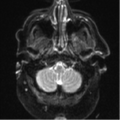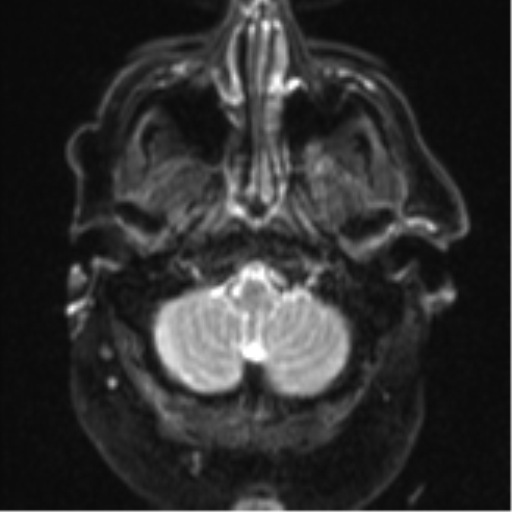File:Cerebral embolic infarcts (embolic shower) (Radiopaedia 57395-64342 Axial DWI 5).png
Jump to navigation
Jump to search
Cerebral_embolic_infarcts_(embolic_shower)_(Radiopaedia_57395-64342_Axial_DWI_5).png (512 × 512 pixels, file size: 88 KB, MIME type: image/png)
Summary:
| Description |
|
| Date | Published: 4th Feb 2018 |
| Source | https://radiopaedia.org/cases/cerebral-embolic-infarcts-embolic-shower-1 |
| Author | Bruno Di Muzio |
| Permission (Permission-reusing-text) |
http://creativecommons.org/licenses/by-nc-sa/3.0/ |
Licensing:
Attribution-NonCommercial-ShareAlike 3.0 Unported (CC BY-NC-SA 3.0)
File history
Click on a date/time to view the file as it appeared at that time.
| Date/Time | Thumbnail | Dimensions | User | Comment | |
|---|---|---|---|---|---|
| current | 16:38, 26 July 2021 |  | 512 × 512 (88 KB) | Fæ (talk | contribs) | Radiopaedia project rID:57395 (batch #6949-5 A5) |
You cannot overwrite this file.
File usage
The following 2 pages use this file:
